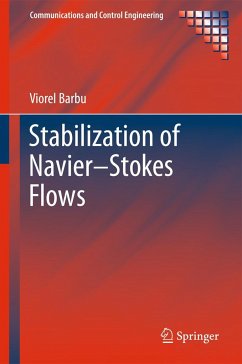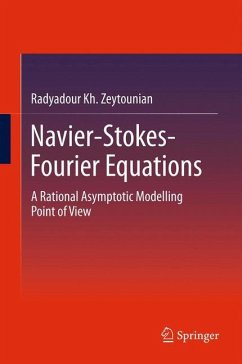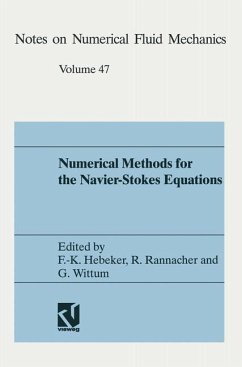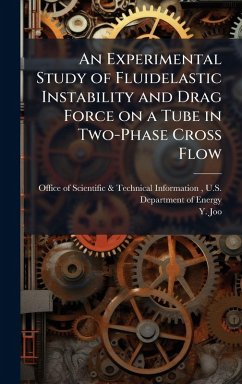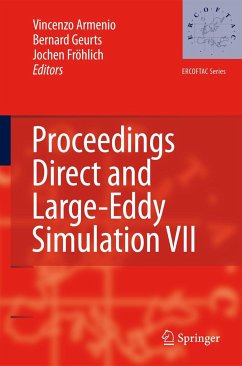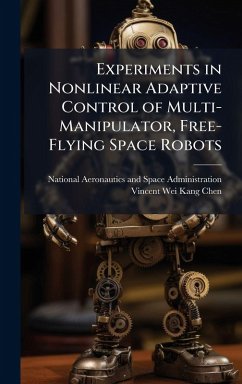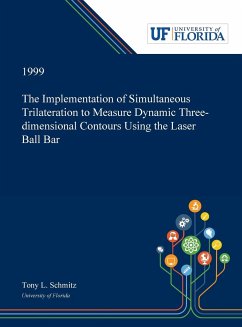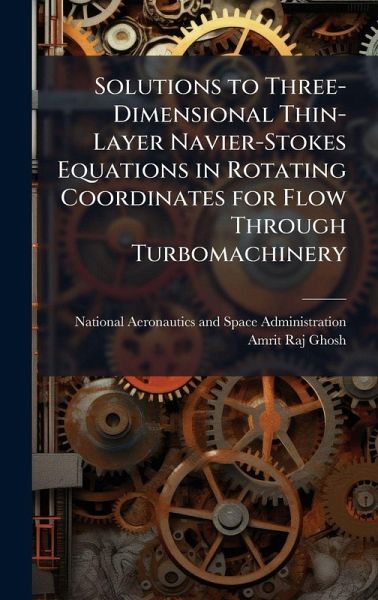
Solutions to Three-Dimensional Thin-Layer Navier-Stokes Equations in Rotating Coordinates for Flow Through Turbomachinery
Versandkostenfrei!
Versandfertig in über 4 Wochen
28,99 €
inkl. MwSt.
Weitere Ausgaben:

PAYBACK Punkte
14 °P sammeln!
The viscous, Navier-Stokes solver for turbomachinery applications, MSUTC has been modified to include the rotating frame formulation. The three-dimensional thin-layer Navier-Stokes equations have been cast in a rotating Cartesian frame enabling the freezing of grid motion. This also allows the flow-field associated with an isolated rotor to be viewed as a steady-state problem. Consequently, local time stepping can be used to accelerate convergence. The formulation is validated by running NASA's Rotor 67 as the test case. results are compared between the rotating frame code and the absolute fra...
The viscous, Navier-Stokes solver for turbomachinery applications, MSUTC has been modified to include the rotating frame formulation. The three-dimensional thin-layer Navier-Stokes equations have been cast in a rotating Cartesian frame enabling the freezing of grid motion. This also allows the flow-field associated with an isolated rotor to be viewed as a steady-state problem. Consequently, local time stepping can be used to accelerate convergence. The formulation is validated by running NASA's Rotor 67 as the test case. results are compared between the rotating frame code and the absolute frame code. The use of the rotating frame approach greatly enhances the performance of the code with respect to savings in computing time, without degradation of the solution. This work has been selected by scholars as being culturally important, and is part of the knowledge base of civilization as we know it. This work was reproduced from the original artifact, and remains as true to the original work as possible. Therefore, you will see the original copyright references, library stamps (as most of these works have been housed in our most important libraries around the world), and other notations in the work. This work is in the public domain in the United States of America, and possibly other nations. Within the United States, you may freely copy and distribute this work, as no entity (individual or corporate) has a copyright on the body of the work. As a reproduction of a historical artifact, this work may contain missing or blurred pages, poor pictures, errant marks, etc. Scholars believe, and we concur, that this work is important enough to be preserved, reproduced, and made generally available to the public. We appreciate your support of the preservation process, and thank you for being an important part of keeping this knowledge alive and relevant.



